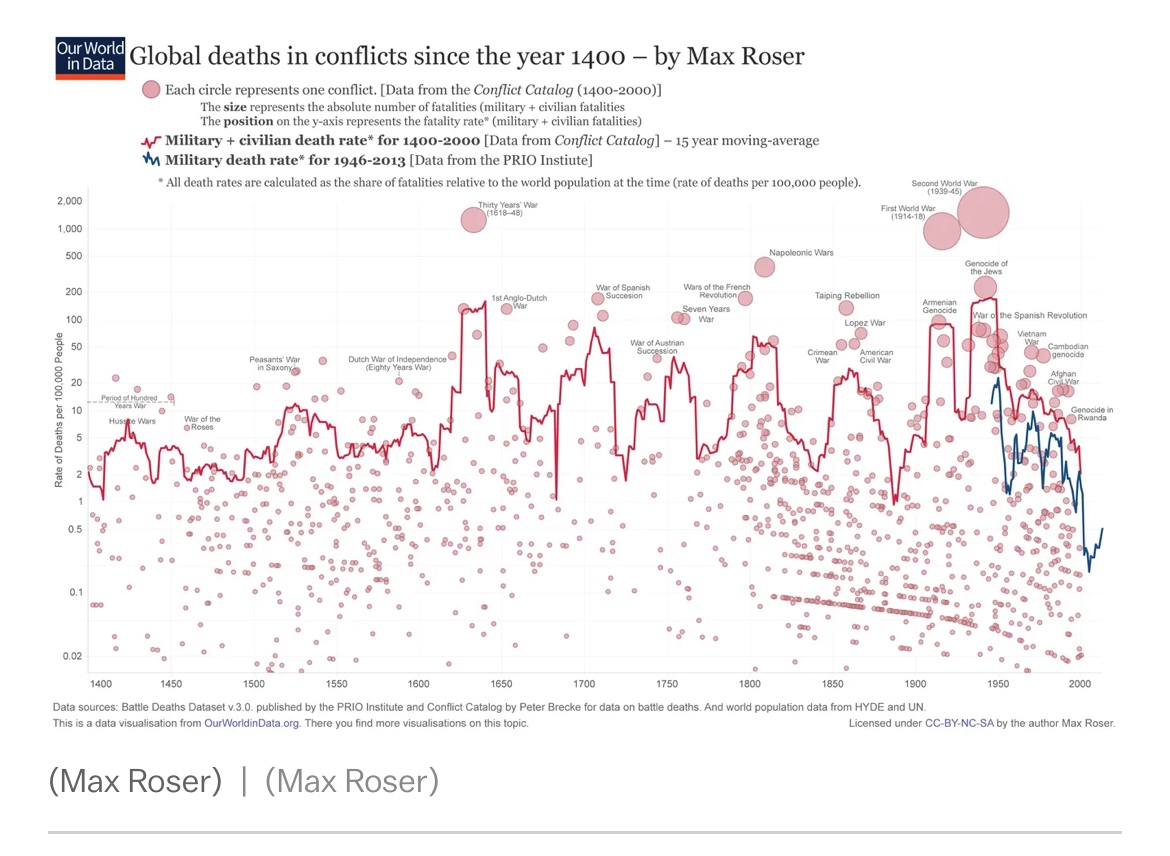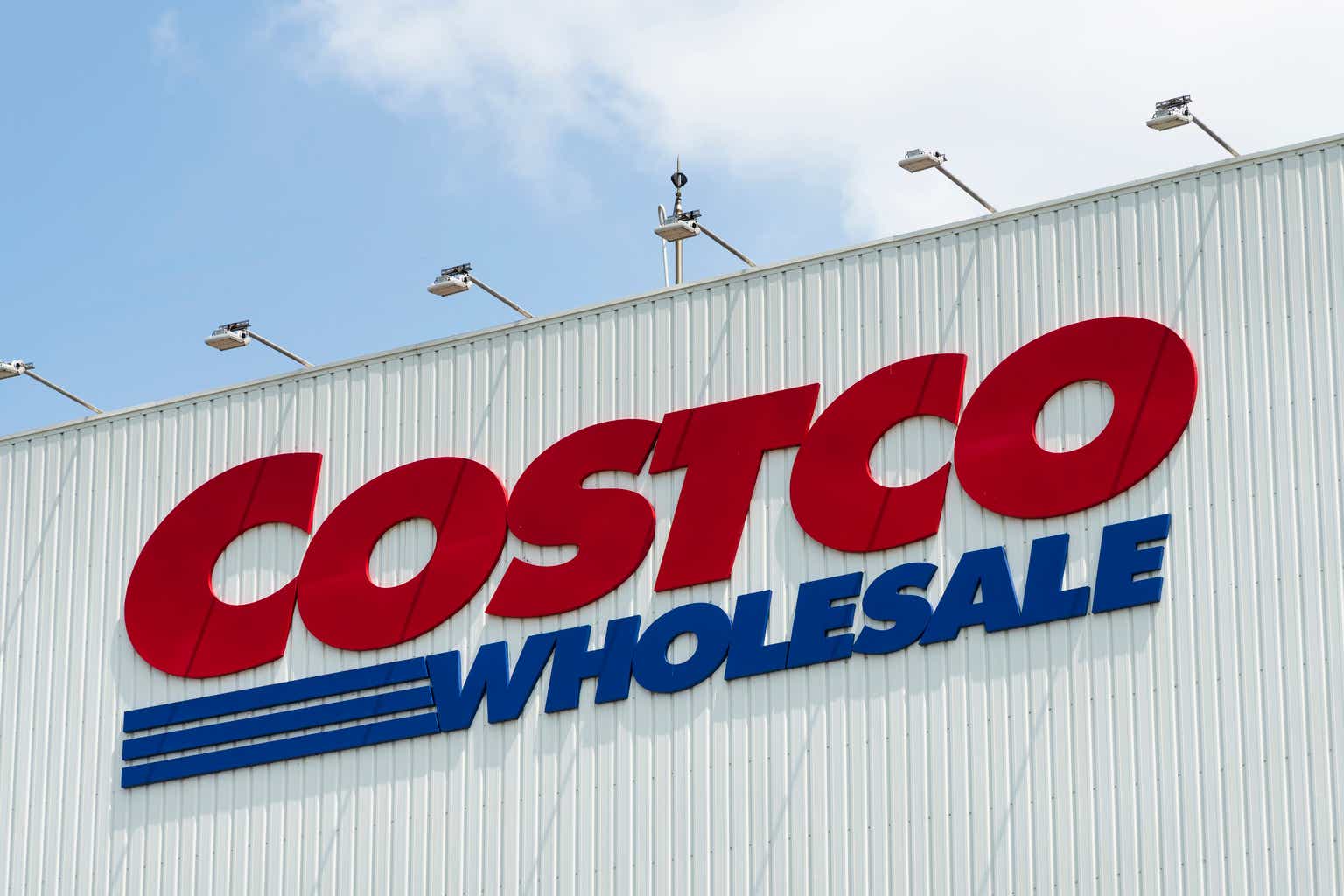As always, below represents my opinions and should not be construed as financial advise. Always do you own due dilligence. I welcome your feedback of my opinions and hope to have a civil discussion.
· Company Description
o ELI5 the company’s business model
§ Vail operates 41 mountain resorts across 8 geographic regions, most of which are in North America. As of their most recent 10-K 88% of revenue comes from mountains and the remaining 12% comes from lodging.
· Company Soundness
o How does the company collect revenue? Does the company have a good or services that is purchased frequently or a regular interval?
§ Revenue is cyclical and seasonal. Seasonal sales tend to peak during the winter season as you would expect. To guard against seasonality Vail leverages their large network of regional with their Epic Pass. This Pass is purchased prior to ski season at a discount but allows for its holders to use many of their owned mountains. Roughly 60% of their lift ticket sales come from the Epic Pass program. This allows Vail to collect revenue in advance of expenses and mitigate the seasonality of their business as the customer is taking the weather risk.
§ Revenue from the mountain region is from lift tickets, ski school, dining and equipment rental.
§ On their resorts are hotels, this revenue is captured in their lodging division.
§ Finally, they have a real estate development division that build and sell real estate around the immediate mountain area.
o Do they operate with significant leverage?
§ Vail does operate with a fairly significant amounts of leverage. They operate with $2.41 of debt for every $1 in equity. Additionally, their interest coverage ratio is fairly low at 4.1x which is probably calculated on peak earnings/margins in the short term. While this debt is somewhat substantial, they are buying hard assets, mountains, and mountain businesses.
§ $1 billion of their $2.8 billion of debt is in a revolver that matures in 2026 with terms of 1.35% + SOFR, currently 5.08% as of 10/31/22.
o Is their balance sheet will suited for a downturn and why?
§ Somewhat. As mentioned, they do carry a fairly significant debt load. Having said that they currently have $1.2 billion in cash with and additional $416.5 million available to them in a revolver.
§ Even during a stress test as significant as COVID in FY 2020 and 2021 (FY ends in July), Vail remained profitable, albeit significantly less so.
§ Given the access to capital, cash on hand and past financial performance of covid, I am comfortable with their balance sheet in a downturn. Still not in love with it, however.
· Can it be Replicated?
o Is there evidence that the company has defended its market position in the past?
§ Yes, Vail has nature barriers to entry, literally. Mountains don’t tend to spring up overnight, clear the land and permitting hurdles to develop and then attract enough customers to run a successful resort is quite a difficult hurdle to overcome.
o Is there evidence that market power is growing and that this will lead to strong financials?
§ Yes, while Vail’s operations tend to be lumpy, they are consistently strong. Vail has been profitable over each of the last 9 years and over the past 5 has average ROEs of 16%. If we exclude FY 2020 and 2021 (COVID), ROEs have averaged about 22%.
§ Free cash flow margins are consistently between 16% to 20% excluding COVID times but were still positive during covid.
o What is the competitive advantage?
§ In my view the advantage of Vail is high barriers to entry from a bottleneck in the supply of mountains that will likely persist. Getting a mountain up and running is difficult. You either have to buy or lease the land. You need to develop the mountain, build the lifts and get the permitting to do all of the above. This not only requires a significant amount of capital and time which does not typically cause investment. Finally, you need to get the customers in. It is a large capital investment upfront that has a lengthy development time. Even if you get through all those hurdles, what do you do if your region suffers from warm weather during ski season? In my view all these factors will likely limit the supply of new mountains on a permanent basis. That is not to say we will never see a new mountain resort, just that they will be slow to develop and infrequent. I tested this thesis by looking at the number of ski resorts in the US over time. From 1990 to 2020. The number has steadily fallen from 569 to 462. https://www.statista.com/statistics/206534/number-of-ski-resorts-operating-in-the-us-since-1990/
§ As it pertains to Vail specifically, their vast scale and diversified geographical footprint helps to steady much of the peaks and troughs in the cycle. Additionally, scale gives them the ability to offer services that smaller mom and pop operations would struggle to offer. Sure 3 mom and pops could make their own epic pass to compete, but the income is also getting split 3 ways and so are the operations.
o Would $10 billion of capital be enough to re-create the company?
§ Yes, that would be way more capital than Vail has. My bet as mentioned above is that would be competitors would be hard pressed to deploy capital directly in mountain resorts.
o Are parts of the company not able to be recreated with capital? Which parts and why?
§ Any developer worth their salt can cut down some trees and clear land. But it takes more than that to be successful with a mountain resort.
o Are there competitive threats on the horizon?
§ Main threats are global warming which could make some or all of their mountain locations for expensive to operate through snow development.
§ Vail has a meager presence in the most competitive mountain resort environment, Europe. As growth outside this slows, returns may drop should they feel compelled to enter a more densely supplied area.
§ Changes in entertainment preference. Mountains are simply one form of entertainment. Technically skiing can lose market share to Netflix, birdhouse making or anything else.
· Growth
o Is there a 90% chance that earnings will be up 5 years from now?
§ Yes, outside of COVID, Vail has steadily grown revenue and earnings.
o Is there a 50% chance earnings will continue to grow in excess of 7% per year after the 5 year period?
§ I believe so, even if acquisitions should slow, the regional dominance of their mountains and ability to undercut the market with the Epic Pass gives them lasting pricing power in my view.
· Watch List Decision
o Do you honestly know enough about the industry and company to make an investment decision?
§ I feel I do.
o Bottom Line: Based on your answers is the company well insulated from economic and competitive shocks while able to grow for many years to come?
§ Yes
· Valuation
o Value the company
§ Revenue for FY ’22 (ended July 22) was $2.525 billion
§ Analyst Forecasts for FY ’25 revenue is $3.296 billion or a 9.29% CAGR
§ Analyst forecasts for FY ’28 revenues are $3.423 or a CAGR of 1.27% from ’25 to ’28. MTN is a smaller company and less followed by analysts. I feel this is far too low given that outside of COVID, in the last 10 years, excluding COVID, rev growth was never less than 5.5% and ranged between 5.5% to 19.%, mostly around 10%.
§ To that end, I am going to assume 8% growth in revenue going forward. I will use a 25% downside in the 3-year estimate to model a recession and a 10% premium to model the bull case. I also down Vail will have a 3 year growth period of 1%, I feel that modeling an 8% growth rate perpetually at this point is still fair.
§ Over the past 5 years, buybacks have been meager. For a share count I will assume a -1% to 0% CAGR in shares.
§ Free Cash Flow margins have typically ranged 15 to 20%. I will assume the same going forward.
§ MTN has declared a dividend of $1.91. I will assume this stays constant over the next 3 years.
§ Outside of Covid, FCF Yields have ranged between 3.6% to 6.3% in the past 10 years. Going forward I will assume a 3.75% to 6% yield in 2025.
§ Putting it all together gives me an estimated value in 2025 of $236.64 to $297.04 per share for a midpoint of $266.84. With a current share price of $241.06, the implied CAGR over the next 3-years is a meager 4.39%. The bull and bear case imply CAGRs of 8.77% to -0.29% per year.
o Would it be a prudent investment to buy the company at current levels?
§ Probably not. The travel industry is firing on all cylinders and a recession is looming meaning that current financials are likely at a near-term peak. Given the current rate environment and risks in the business, I feel it would be fair to earn 12% on an investment in Vail. If we discount the midpoint value in 2025 and include the dividends, Vail would need to be purchased below $207 or a loss of 14% from these levels to expect a 12% return at this time.
Sources:
Aggregated Data: https://finbox.com/NYSE:MTN
10-Q: https://investors.vailresorts.com/static-files/f789fe7b-b3db-4cec-990e-b105395933af
10-K: https://investors.vailresorts.com/static-files/f8907a47-9da4-4d63-be19-84e981f1b268
Currently long MTN
















